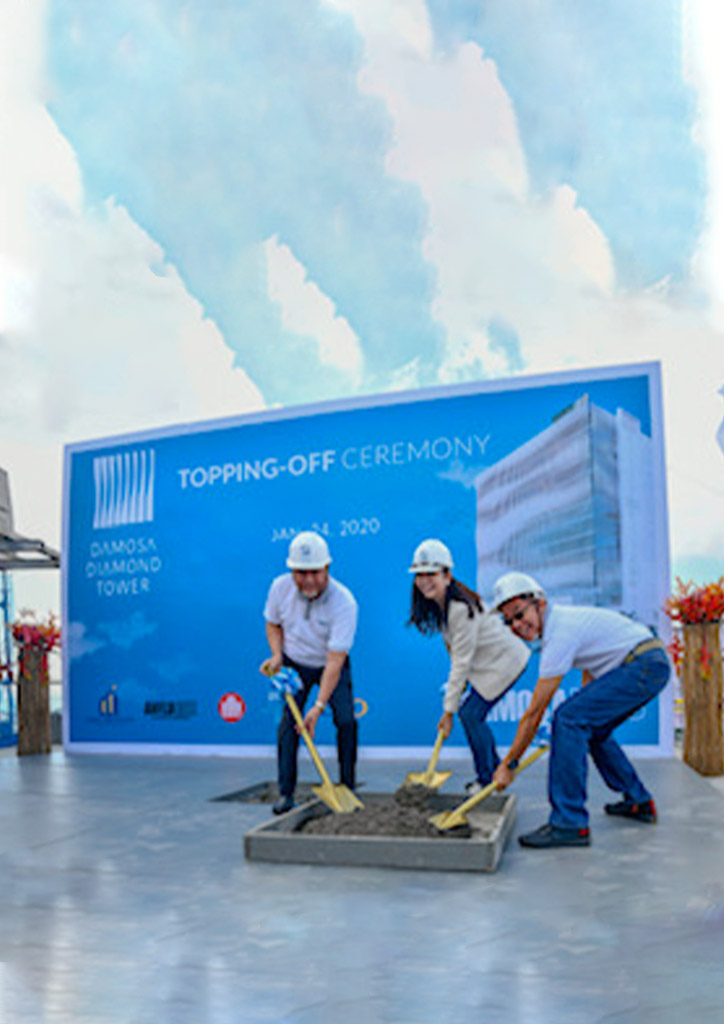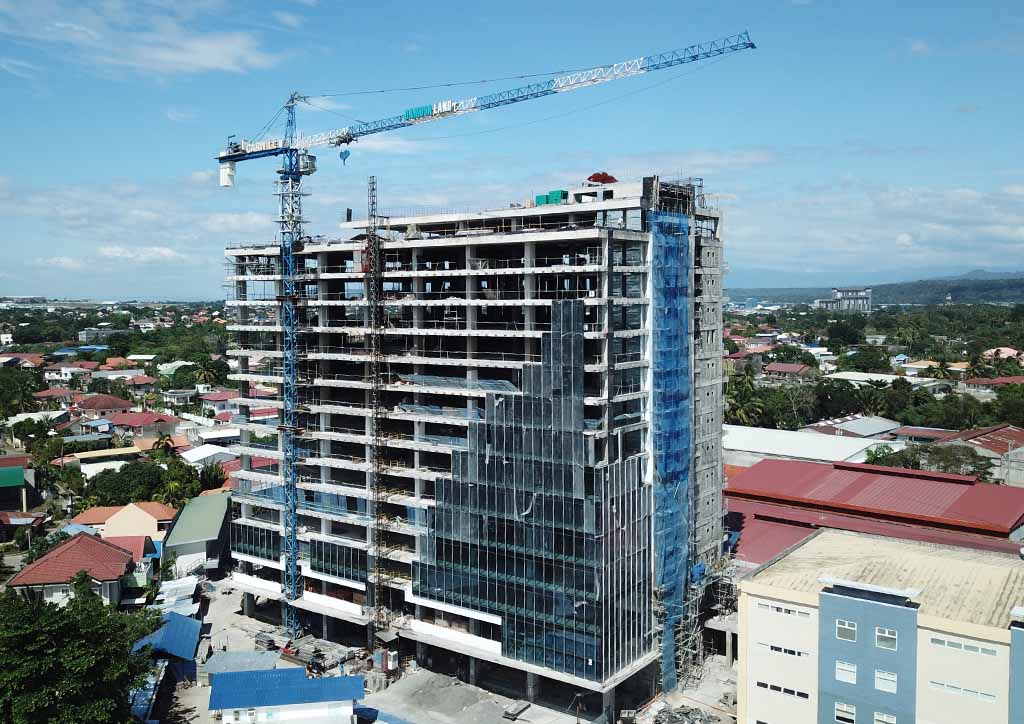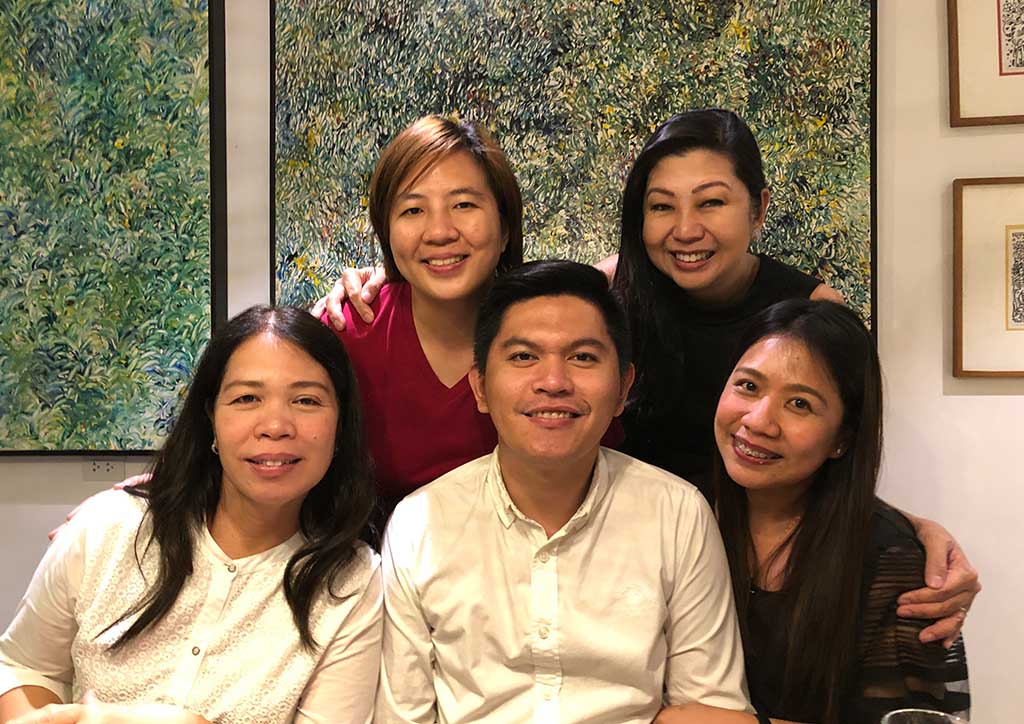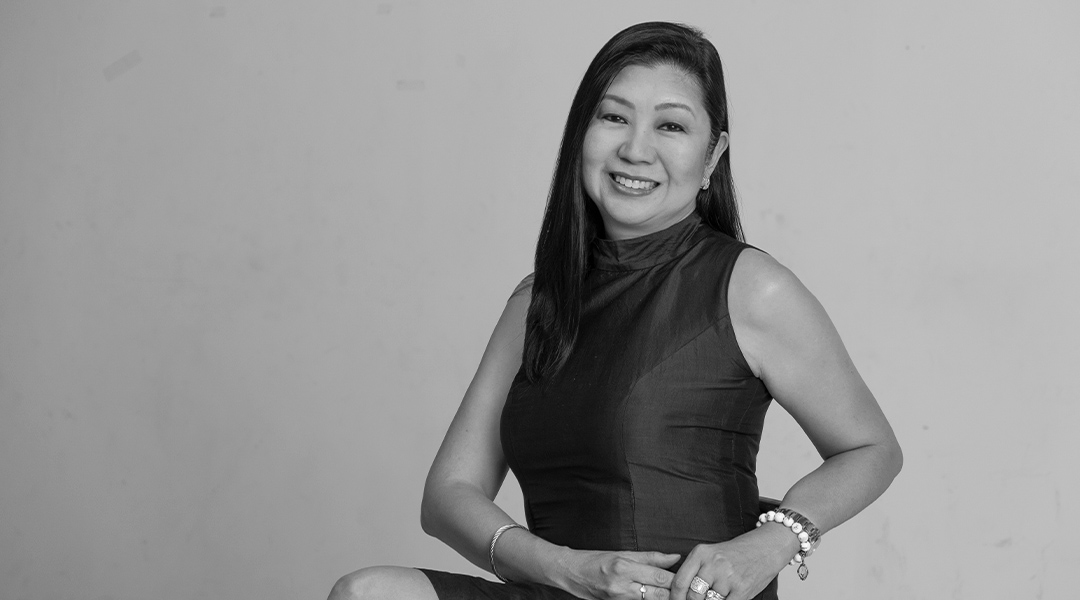“I went to the University of the Philippines College of Architecture. It was the late 80s, and there was a lot of political turmoil. Yet, we elected a female president for the very first time in the history of this country. Because of that, being female was almost equated to being yourself, courageous, brave, and taking steps beyond your comfort zone,” recounts Cathy Saldaña-Siegel when we asked about her architecture education as we sat and chat in an echoey conference room. It was a day after the Women’s Day celebration and five days after the announcement of the first female Pritzker Architecture Prize Laureate duo. The women in us, high in celebration, enthusiastically talked about women making their marks in the male-dominated world of architecture, she included.

Saldaña shares that there were quite a lot of female professors in her architecture college at UP Diliman and the majority of the enrollees were also female. “I would say it was a very democratic environment. I think it’s also a great place to be when you’re female, even when your degree is normally geared for men,” the managing director and CEO of PDP Architects says. “You’re female, but it’s not an excuse for limitation. You are a woman and you are allowed to shine.”
READ MORE: Women Run Design: For Twitee Vajrabhaya, architecture knows no gender
How does one ‘shine’ in a male-dominated industry?
Saldaña has been an architect for 28 years. Heavily influenced by her father who was the head of engineering at the National Housing Authority and worked for a public housing in the ’80s, Saldaña started PDP Architects in 1992 and incorporated it in 1998. Since then, her architecture firm has been involved in designing buildings for big corporations and multinationals. At the age of 30, she did mid-rise and high-rise buildings. She also did schools, the budgets of which were “so large at the time for a woman my age,” according to Saldaña. She adds, “Through the years, we’ve also accomplished quite a lot of work with brands. So whether it is hospitality, corporate, or residential development, we’ve worked with a lot of builders and visionaries.”


As her firm expanded and evolved, Saldaña says they added more women in their team. Currently, there is a ratio of about 13 women to 10 men. “Clearly, there are more women than there are men in our field now,” the architect says. “And the diligence required in architecture must involve attention to detail. So, in our practice, I do make it a point to hire more women because we’re also doing quite a lot of master planning work that involves research. If you look at our design ideation studios, there will probably be only two male architects, and the rest are female.”
YOU MIGHT LIKE: Experience, Not Expense: Cathy Saldaña on Luxury in Architecture
While having a woman running the firm gives more opportunities to fellow women, Saldaña says she has no difficulty or problems working with men. “We’re doing commercial developments, industrial work for developers, work for multi-story high-rise buildings, and cold storage warehouses, where all our competitor architects are male. We are working within the same field as these men, and it feels good,” she says. “I just stepped into a meeting earlier with mechanical, electrical, structural, sanitary fire protection and lead engineers, the majority of which is men. But there we were, running the meeting.”

Are women really indispensable in the workplace?
Saldaña confidently answers yes. “Women are indispensable because they provide that balance, not just in actual ideation, creativity and coming up with concepts, but also because of their attitude and nurturing capabilities,” she says. “The presence of women also allows us to be sustainable because if you follow the United Nations 17 Sustainable Development Goals for 2030, number five is for gender equality. The role of women and the upliftment of women allows you to uplift the children that they’ll bear. Also, women bearing important roles creates a better society because the men also understand that not only are we equal and at par, but we are needed.”
READ MORE: Wonder Women: The 5 female Pritzker Prize Laureates since 1979
The architect also admits that she likes working with women because she feels comfortable being with them, especially when visiting job sites all over the Philippines. “I feel so comfortable being with them, traveling with them, sometimes even staying in the same room with them, and letting them feel empowered,” she shares. “I love to mentor and train them, letting them know that it’s okay and it’s actually great that they’re female. You can do and think the same things as men. You dress up in jeans, ride a helicopter, manage job sites, talk to engineers. I like mentoring our young female architects in that regard. It makes them feel not just empowered, but also stronger.”

Is the future of women in architecture and design bright and without limits?
Saldaña believes that the industry has blurred the line that separates men and women in architecture. “I am living proof of that because PDP Architects competes directly with male-dominated and led firms. The line has already been blurred because now it’s not about gender anymore. It’s about capability and strength. It’s about confidence and vision, and it’s also about design service,” the architect says. She adds that even the disparity in compensation is no longer an issue. “I don’t only speak for myself. In our company, some of the highest-paid associates in our company are female. At the same time, this is also going on with other firms. Even in firms led by males, you would see that their project managers and heads of divisions are all females. So there is parity in that sense there is equality.”
YOU MIGHT LIKE: Love Is in the Details: Cathy Saldaña and Alex Siegel of PDP Architects

“I believe women’s voices should be strong and should resonate with a degree of confidence in a timbre loud enough, not just to be heard, but to be understood and remembered,” Saldaña encourages. “Women now are starting to break the barriers, as well as the recognized glass ceilings. In the field of architecture, we’re not just breaking the glass. We’re also bending the steel and looking at ways to be taller, or at least equally as tall as the men.”
The architect concludes: “Being a woman in a man’s world is about being confident. It’s about keeping your voice firm yet feminine, strong yet audibly understood. So the message of equality and capability resonates all around the world. Design is not a gender-based talent; it is all about your mind, your vision, your love for the environment, your passion, your attention to detail. Anything that a man can design, a woman can, too.” ![]()
READ MORE: Women Run Design: How Jumax Morgia walked away from and ran back to architecture
Article images courtesy of PDP Architects; Header image photographed by Ed Simon



